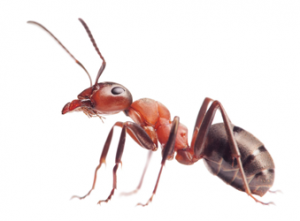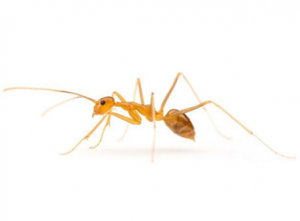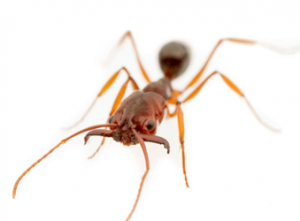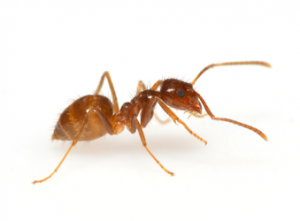Ants
- 100% satisfaction.
- Reliable on time & honest service.
- Committed to leave your home exactly the way we found it.
- People, pet and environmentally friendly.
Ants belong to Family Formicidae within Order Hymenoptera – the group of insects that includes ants, bees, wasps, sawflies and wood wasps. In Australia about 3000 species of ants are known.
Ants are social insects that live in more or less permanent nests. Colony sizes vary enormously and are mostly located in soil, wood and among rocks. In relation to their feeding habits, ants may be predators, or scavengers, which may for a time, have specific diet (e.g. the honeydew or sugary excretions of plant-sucking bugs). Ants may be almost omnivorous. Being very common intruders in and around buildings, ants tend to be very familiar insects. They are commonly observed around foundations and in walls, roof voids, kitchens, lawns and gardens, the wood of decaying trees, and rockeries. As a group, ants are considered by many to be among the most successful of all insects.
Typically, ants have three clearly defined body segments: head, thorax and abdomen. In most, the first one or two anterior abdominal segments (which connect with the thorax) are much smaller than the rest, producing a distinctly ‘waisted’ appearance. These smaller basal abdominal segments, known as the pedicel, usually have one or two projections called nodes, which may serve as important features in identification. The head carries compound eyes, elbowed antennae and sometimes ocelli. When present, wings are membranous, and forewings tend to be broader and longer than hindwings.
Reference source: Urban Pest Management in Australia 5th edition.






